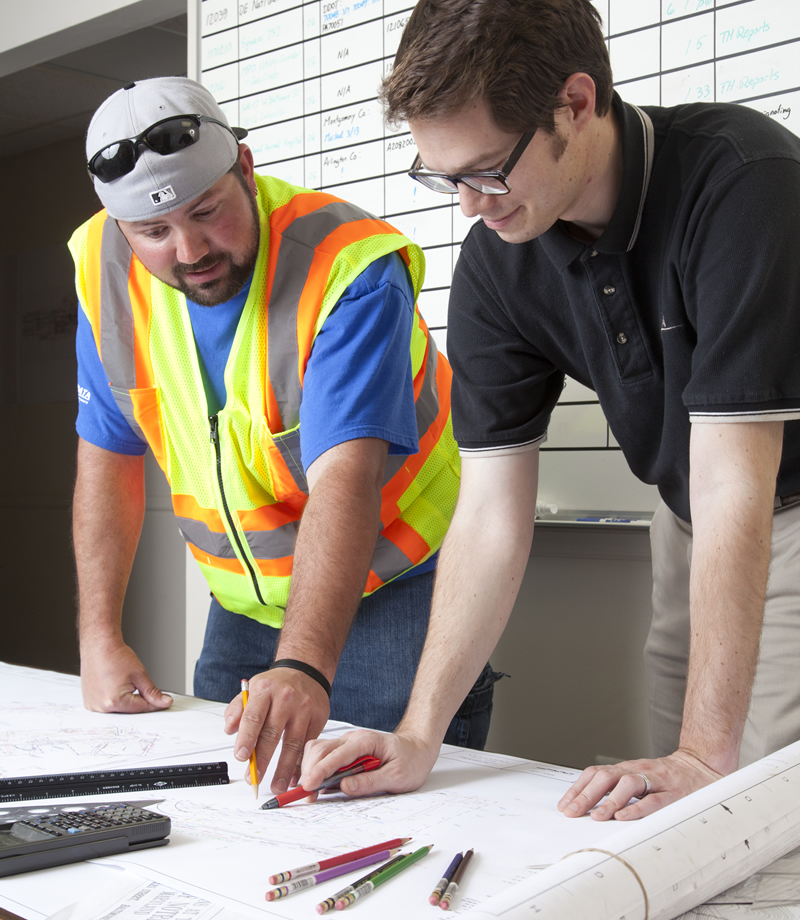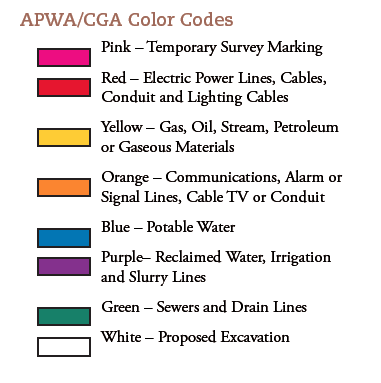Process
Beginning with the development of our proposal to you, we provide advice and recommendations for a utility investigation that will add value to your project. A|I|DATA will continue to consult with you throughout the process.
Based on our experience in utility investigation and locating, A|I|DATA applies standardized procedures and unique methods when needed to ensure the highest quality of information provided to our clients.
- Successful utility investigations begin with understanding what utilities exist within the project area. We research records from each utility owner to inform our search.
- A|I|DATA uses a variety of instruments and equipment and rigorous field investigation methods to discover and locate underground utilities.
- Documentation of the field findings, whether by sketch or CAD mapping, is the next step in our process.
- A|I|DATA’s professional staff will then ensure that the data delivered to you is well founded and based on the most reliable information.


